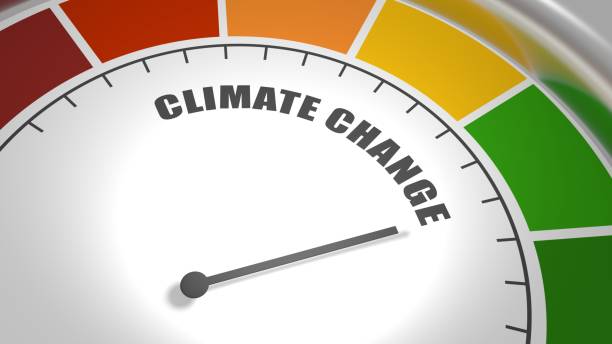Geospatial data analysis involves the examination of data that has a geographic component, often represented by coordinates such as latitude and longitude. Data science plays a crucial role in extracting meaningful insights from geospatial data, providing valuable information for various applications. Here, we will explore the applications of geospatial data analysis in urban planning, logistics, and environmental monitoring.
Urban Planning

Land Use Planning
Geospatial data helps urban planners analyze land use patterns, identify suitable areas for development, and ensure efficient use of available space.
It aids in understanding population density, zoning regulations, and infrastructure requirements for sustainable urban development.
Transportation Planning
Geospatial analysis is essential for optimizing transportation networks, identifying traffic patterns, and planning the layout of roads and public transportation routes.
It supports the development of smart transportation systems, including real-time traffic monitoring and dynamic routing.
Social Infrastructure Planning
Urban planners use geospatial data to identify locations for schools, hospitals, parks, and other essential amenities based on the needs of the population.
It helps in creating well-balanced and accessible urban environments.
Logistics
Route Optimization
Geospatial data analysis is crucial for logistics companies to optimize delivery routes, reducing fuel consumption and transportation costs.
Real-time tracking of vehicles using GPS data enhances route planning and monitoring.
Inventory Management
Geospatial data aids in optimizing warehouse locations and managing inventory efficiently by considering the proximity to suppliers, demand centers, and transportation routes.
Supply Chain Visibility
Geospatial analytics provides real-time visibility into the entire supply chain, allowing businesses to track the movement of goods, identify potential bottlenecks, and enhance overall supply chain efficiency.
Environmental Monitoring
Natural Resource Management
Geospatial data is used to monitor and manage natural resources such as forests, water bodies, and agricultural land.
It helps in assessing the impact of human activities on ecosystems and guiding sustainable resource management practices.
Climate Change Analysis

Geospatial data is crucial for monitoring climate change by analyzing trends in temperature, precipitation, sea level, and other environmental variables.
It supports the identification of vulnerable areas and the development of mitigation strategies.
Disaster Management
Geospatial analysis assists in disaster preparedness and response by mapping vulnerable areas, predicting potential risks, and coordinating emergency response efforts.





Leave a Reply